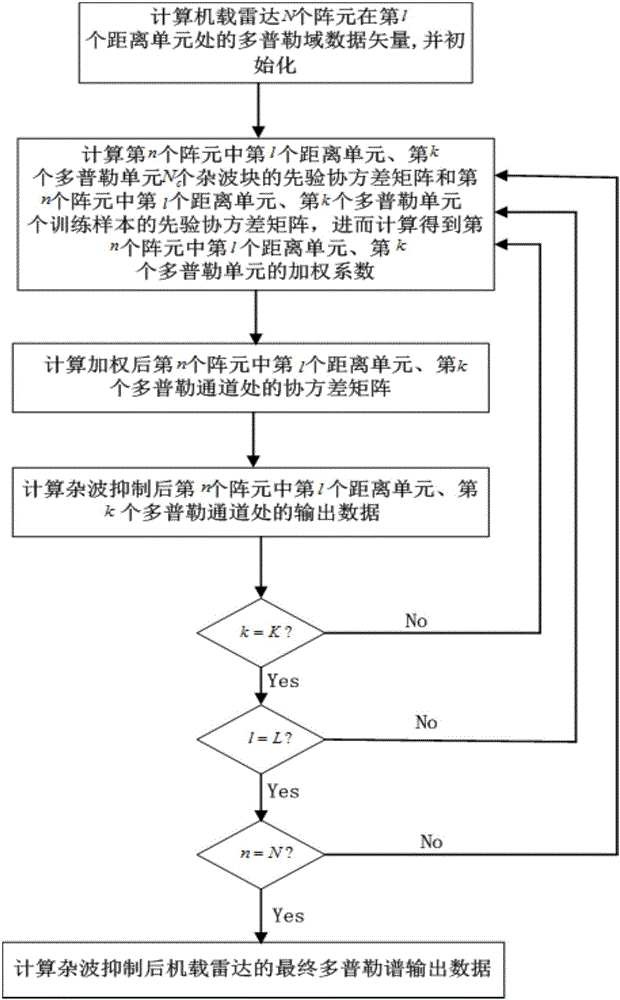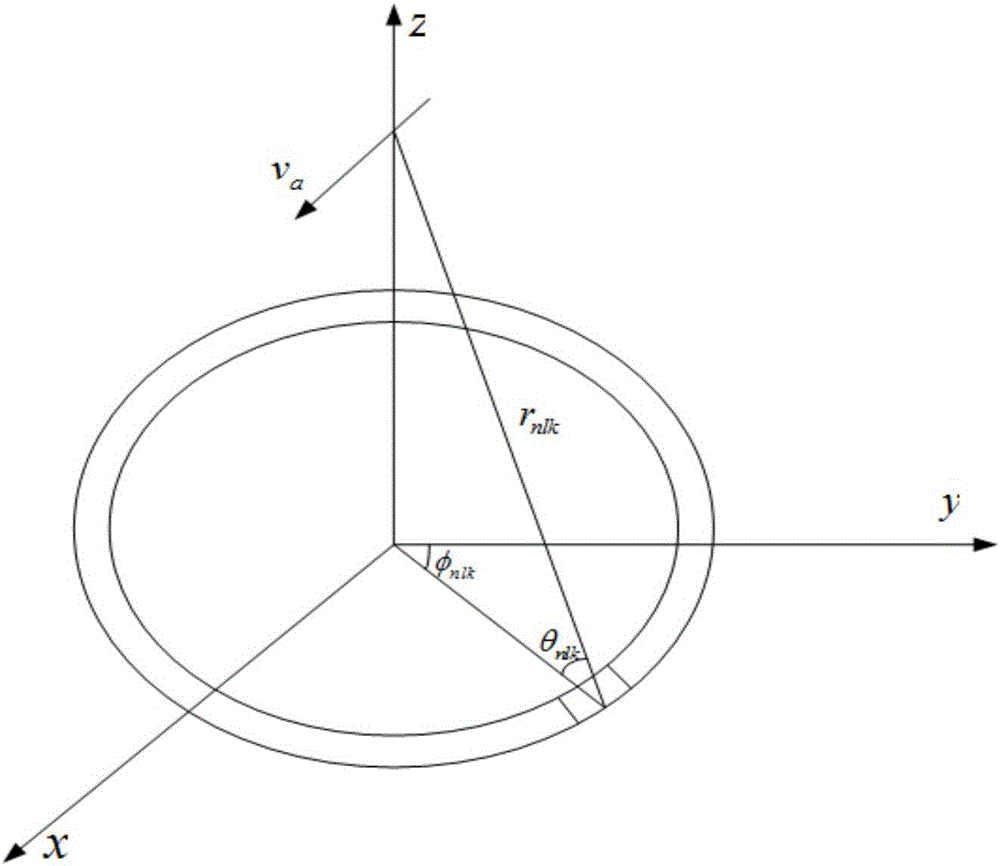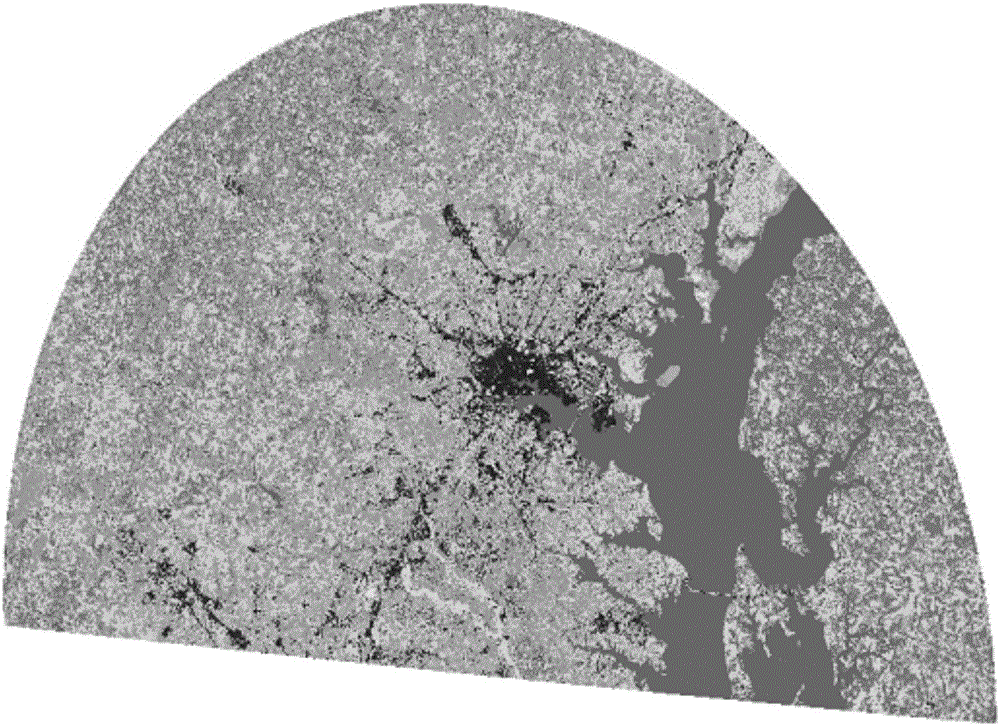Space-time adaptive processing method for radar clutters based on prior knowledge
A technology of space-time self-adaptation and processing method, applied in radio wave measurement systems, instruments, etc., can solve the problem of taking into account the clutter characteristics of the unit to be detected, and achieve the effect of improving robustness and improving effect.
- Summary
- Abstract
- Description
- Claims
- Application Information
AI Technical Summary
Problems solved by technology
Method used
Image
Examples
Embodiment Construction
[0025] refer to figure 1 , is a flow chart of a prior knowledge-based space-time adaptive processing method for radar clutter of the present invention; the space-time adaptive processing method for radar clutter based on prior knowledge comprises the following steps:
[0026] Step 1, determine the airborne radar, the airborne radar contains N array elements, each array element contains L distance units, and each distance unit contains K coherent pulses, and calculate the N array elements of the airborne radar at the Doppler domain data vector at l range bins
[0027] Initialization: Let k represent the kth coherent pulse, let l represent the lth distance unit, let n represent the nth array element, k∈{1,2,…,K}, n∈{1,2,… ,N}, l∈{1,2,…,L}, each array element contains L distance units, K represents the number of pulses contained in each distance unit, the initial value of k is 1, and the initial value of n is 1, the initial value of l is 1; each coherent pulse corresponds to ...
PUM
 Login to View More
Login to View More Abstract
Description
Claims
Application Information
 Login to View More
Login to View More - R&D
- Intellectual Property
- Life Sciences
- Materials
- Tech Scout
- Unparalleled Data Quality
- Higher Quality Content
- 60% Fewer Hallucinations
Browse by: Latest US Patents, China's latest patents, Technical Efficacy Thesaurus, Application Domain, Technology Topic, Popular Technical Reports.
© 2025 PatSnap. All rights reserved.Legal|Privacy policy|Modern Slavery Act Transparency Statement|Sitemap|About US| Contact US: help@patsnap.com



